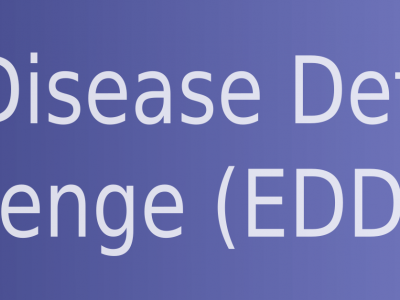Artificial Intelligence

The data set includes three sub-data sets, namely the DAGM2007 data set, the ground crack data set, and the Yibao bottle cap defect data set, which are divided into a training set and a test set, in which the positive and negative samples are unbalanced.
- Categories:
 2238 Views
2238 ViewsNextmed project is a software platform for the segmentation and visualization of medical images. It consist on a series of different automatic segmentation algorithms for different anatomical structures and a platform for the visualization of the results as 3D models.
This dataset contains the .obj and .nrrd files that correspond to the results of applying our automatic lung segmentation algorithm to the LIDC-IDRI dataset.
This dataset relates to 718 of the 1012 LIDC-IDRI scans.
- Categories:
 787 Views
787 ViewsEgocentric vision is important for environment-adaptive control and navigation of humans and robots. Here we developed ExoNet, the largest open-source dataset of wearable camera images of real-world walking environments. The dataset contains over 5.6 million RGB images of indoor and outdoor environments, which were collected during summer, fall, and winter. 923,000 of the images were human-annotated using a 12-class hierarchical labelling architecture.
- Categories:
 5974 Views
5974 Views
The dataset is used to detect essential protein in uncertain PPI network.
- Categories:
 97 Views
97 Views
The PPI datasets were collected from four different sources: DIP, MIPS, Gavin, and Krogan. All self-interactions and repeated interactions were filtered. The essential proteins were collected from the following four different databases: MIPS,SGD,DEGand SGDP (http://www.sequence.stanford.edu/group/). Gene expression data were downloaded from the Gene Expression Omnibus (GEO) database (http://www.ncbi.nlm.nih.gov/geo/) with accession number GSE3431.
- Categories:
 361 Views
361 Views
A Chinese dataset for table-to-text generation named WIKIBIOCN which inculeds 33,244 biography sentences with related tables from Chinese Wikipedia (July 2018).
The dataset is divided into training set (30,000), verification set (1000) and test set (2,244).
- Categories:
 170 Views
170 Views
We crawled large amounts of biomedical articles from PubMed for the keyphrase extraction system evaluation.
The articles, that consist of title, abstract and keyphrases provided by the authors, are used for the experiments.
In our paper, cancer-related biomedical articles are selected.
- Categories:
 606 Views
606 ViewsSince there is no image-based personality dataset, we used the ChaLearn dataset for creating a new dataset that met the characteristics we required for this work, i.e., selfie images where only one person appears and his face is visible, labeled with the person's apparent personality in the photo.
- Categories:
 3591 Views
3591 Views


